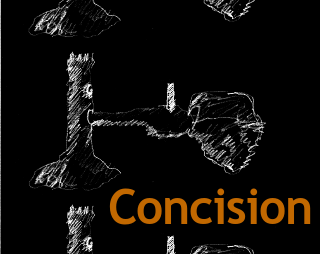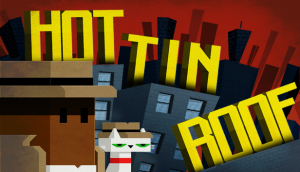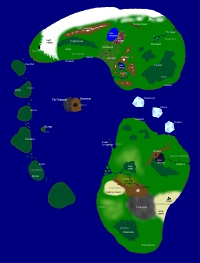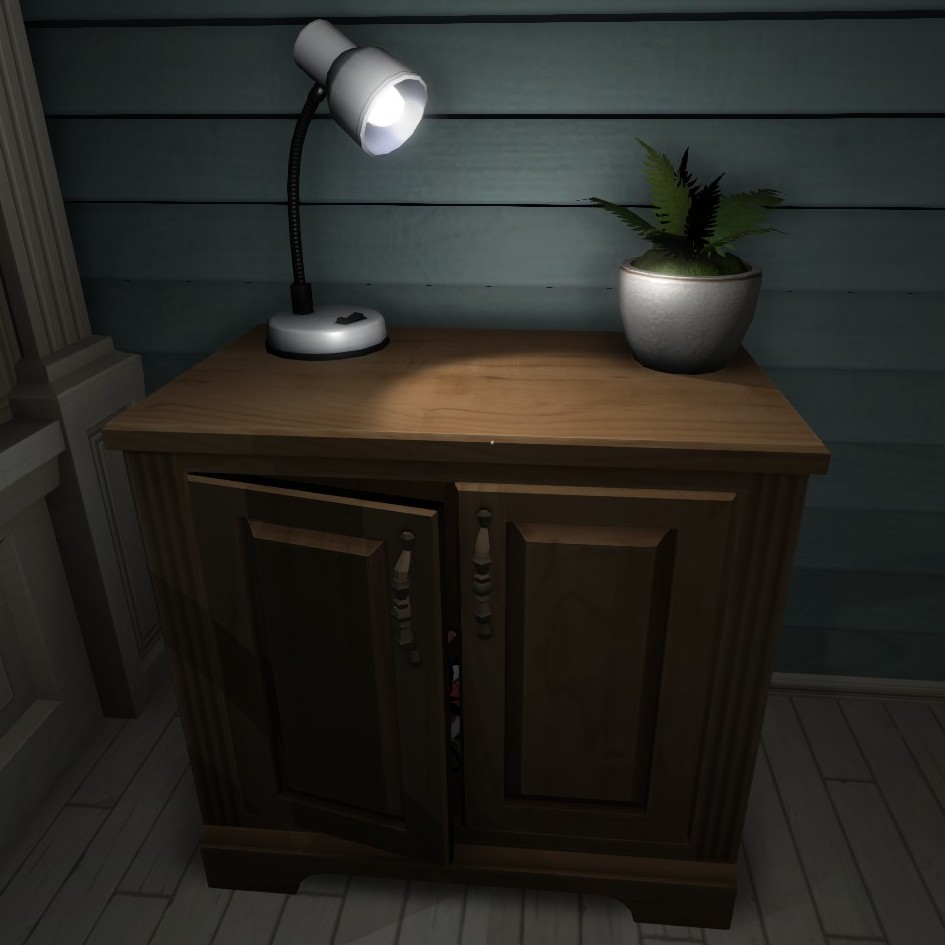Lately I’ve played the following small games that stuck out in my mind:
- “Softelevision” by James Shasha of Sundae Month is about music and anticapitalism and being in a place, I guess. I’m a sucker for any game that opens with the sound of waves. This makes me think of Outer Wilds. There’s a place, and you can do things that feel like goals, but there’s not really a challenge or a win condition. And most of the time you just kind of want to hang out for a while. This game reminds me that I need to play Crypt Worlds.
- “MINKOMORA” by Kikopa Games (Joni Kittaka and merritt kopas) is another gentle exploration game. It’s also a gimmick game. I don’t mean that it has some gameplay gimmick like gravity control or slow motion. I mean it’s one of those games that steps outside the normal limits of game. In this case, it comes with an NES-style manual that has background and hints for the game world. The game itself is rather abstract and stylized, but the manual has more representative art that makes the shapes in the game make more sense.
- “Here Is Where I Carve My Heart” by kittyhorrorshow is an architectural Unity game, one of those for which my personal archetype is Richard Perrin‘s Kairo. There’s a structure, usually all of one material (shiny pink, in this case) which you explore with a fairly standard first-person approach that might just be a tweaked version of the example controller code that comes with Unity. That sounds dismissive, but I love this kind of game. “Carve My Heart” uses a very floaty, low-grav approach that means I was bounding through and around the excavated floating pyramid that was built in a cool-looking voxel tool. You’re searching for floating gems that deliver affirmations. The whole time you’re hearing atmospheric music-box tones. It’s a chill and charming game that only took three hours to make.
- “Juxtapose” by zillix is a game for Ludum Dare 30 that I found through Warp Door. It’s a moody, pixelly game with a bunch of multiple endings. It feels like some of the classic Flash artsy games circa 2009. I’ve gotten seven of the 13 (!) endings, and they’re pretty varied. There’s some resource and time management that reminds me a lot of Eyezmaze games.



 I’ve been running a Dungeons and Dragons 4e game called “Urgo” for almost five years. All of my original five players have been replaced except one. It was always a high-magic, swashbuckling campaign featuring airships and demigods, and it’s escalated from there. The player characters are level 16 of 30 and we’ve reached a point in the game where it takes some effort to maintain the tone and even more effort to properly prepare. For some background, here’s the current situation:
I’ve been running a Dungeons and Dragons 4e game called “Urgo” for almost five years. All of my original five players have been replaced except one. It was always a high-magic, swashbuckling campaign featuring airships and demigods, and it’s escalated from there. The player characters are level 16 of 30 and we’ve reached a point in the game where it takes some effort to maintain the tone and even more effort to properly prepare. For some background, here’s the current situation: